Guide: How to survive surfing in winter
There is no doubt surfing is a blessing and a burden. On one hand it’s the greatest feeling you can have, but on the other hand, it can test your patience and will have you experience every (negative) emotion possible until that ‘perfect’ wave comes your way. On top of this, and contrary to common belief, surfing is not about chasing the endless summer, but rather it’s about painfully embracing winter swells. However, you might be one of the lucky ones who just so happens to live in a country where all that’s required during the colder months is a wetsuit top. But then again, you might not. And if that happens to be the case, you’re going to need some guidance on how to survive the winter when it comes to surfing.
Wear the right clothing
Obviously, the key to surfing in the winter is keeping warm. It honestly baffles me how the older generation managed to hit the line-up in nothing but shorts all those years ago. And if I’m being perfectly frank, it makes me feel a little precious when I complain about the water temperature, even though I’m in a 3/2mm wetsuit. However, in this day and age, there is no reason to put yourself through any discomfort, as the quality and thickness of wetsuits currently on the market are second to none. You just have to look at the Rip Curl Flashbomb Heatseeker. But before I go into more detail about wetsuits, it might be worth mentioning just how neoprene works...
It’s a thick rubber layer that acts as an insulator by holding nitrogen bubbles. Essentially what occurs is, water that seeps into your wetsuit, sits between your skin and the neoprene. Your body temperature will heat the water up and maintain the warmth throughout the whole wetsuit - to an extent. You will always need to have thicker neoprene when the temperature dips dramatically. Rule of thumb is, the thicker the neoprene, the warmer you will be. Anything from 5mm to 7mm should keep you comfortable in extremely cold conditions.
Rip Curl has perfected the art of cold water wetsuits with their Flashbomb Heatseeker which generates heat when stretched. Meaning, the more you paddle, the warmer you’ll become. Granted it’s not the cheapest wetsuit on the market, but if you really are serious about tracking winter swells and getting out in the surf most weekends, then it becomes a smart investment. However, if the Heatseeker isn’t in the budget, Quiksilver and Billabong offer a solid and trusted range of quality wetsuits that will keep you in the water without hesitation throughout the winter.
Booties, gloves and hoods are optional, but there will be a point where they become a necessity. If the water temperature is sitting between 0 and 14 degrees (Celsius) then a wetsuit on its own will not be enough. Clearly the lower the temperature the more kit you’ll need. In my home city of Melbourne (Australia) I wear a 3/2mm wetsuit throughout the whole winter. I could probably go a 4/3mm, in fact I know I should, but I opt for less neoprene as I tend to paddle around a fair bit. I do, however, wear 2mm booties when the winter is at it’s most brutal during July and August. I tend not to wear gloves or a hood as I don’t feel the need. But there are those who surf the same break as me that are decked out head to toe. It’s all a matter of how your body handles the cold. Some feel it more than others. But if you are going surfing somewhere new and understand it to be a cold place, then I would recommend packing your gloves, booties and hood - just in case. It’s better to take gear off if needed, than to not have it at all in the first place.
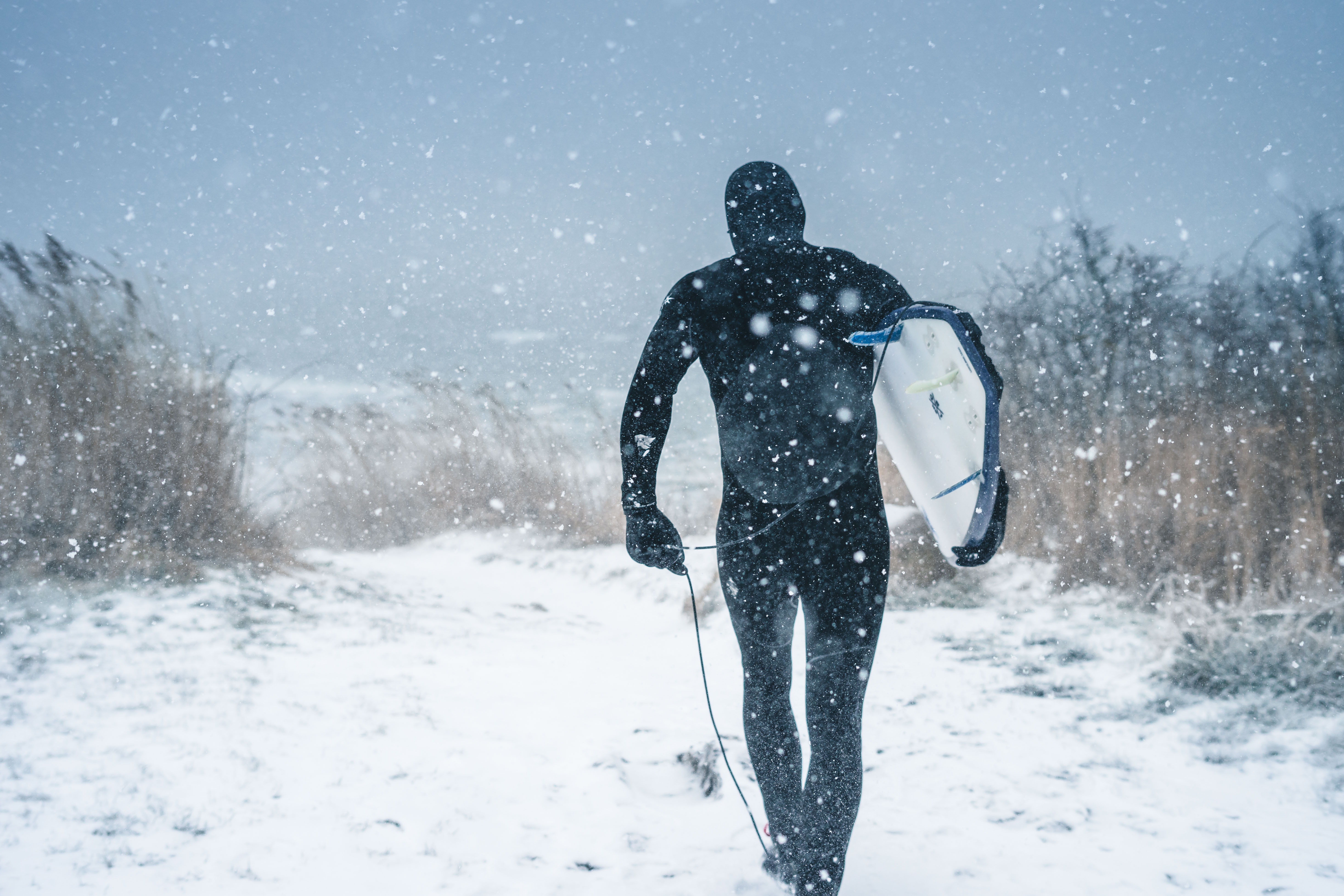
Prepare yourself physically
Surviving the winter isn’t just about decking yourself out in the right kit from head to toe. There’s the physical aspect that is often forgotten - especially amongst those of you who haven’t surfed in cold conditions. I’ll admit I was one of those people who paddled out naively with a wetsuit on, after spending 18 months surfing on the Gold Coast in nothing more than boardshorts and a t-shirt. I was quick to learn that it’s a whole new ball game...
In my opinion, there are two factors that play a pivotal role when it comes to your physical well-being when surfing throughout the winter.
The first is the added layer of clothing (neoprene) and the paddling restriction that often comes with it. It’s like running a marathon in a business suit - eventually the added weight and restriction with your movement will catch-up and you’ll fatigue before those who are wearing a light singlet and shorts. Same principle applies with surfing. If all that’s required are boardshorts or a bikini then you’ll most likely be able to stay in the water longer than those of you who have to wear a winter wetsuit. However, wetsuits today offer an exceptional amount of flexibility, for this particular reason.
The second is the water temperature. If you have ever jumped in the ocean during the winter, you will know the feeling of ‘shock’ and ‘loss of breath’ that occurs. This aspect certainly increases the level of fatigue, especially when you’re constantly duck-diving set waves. Coupled with a wetsuit, and it can become and exhausting exercise.
To combat these two issues, I would recommend aerobic training and upper body exercises that target your shoulders. However, if hitting the treadmill and weights rooms isn’t your thing, then the next best option is to continually surf. After a while your body will adapt and everything will become second nature.
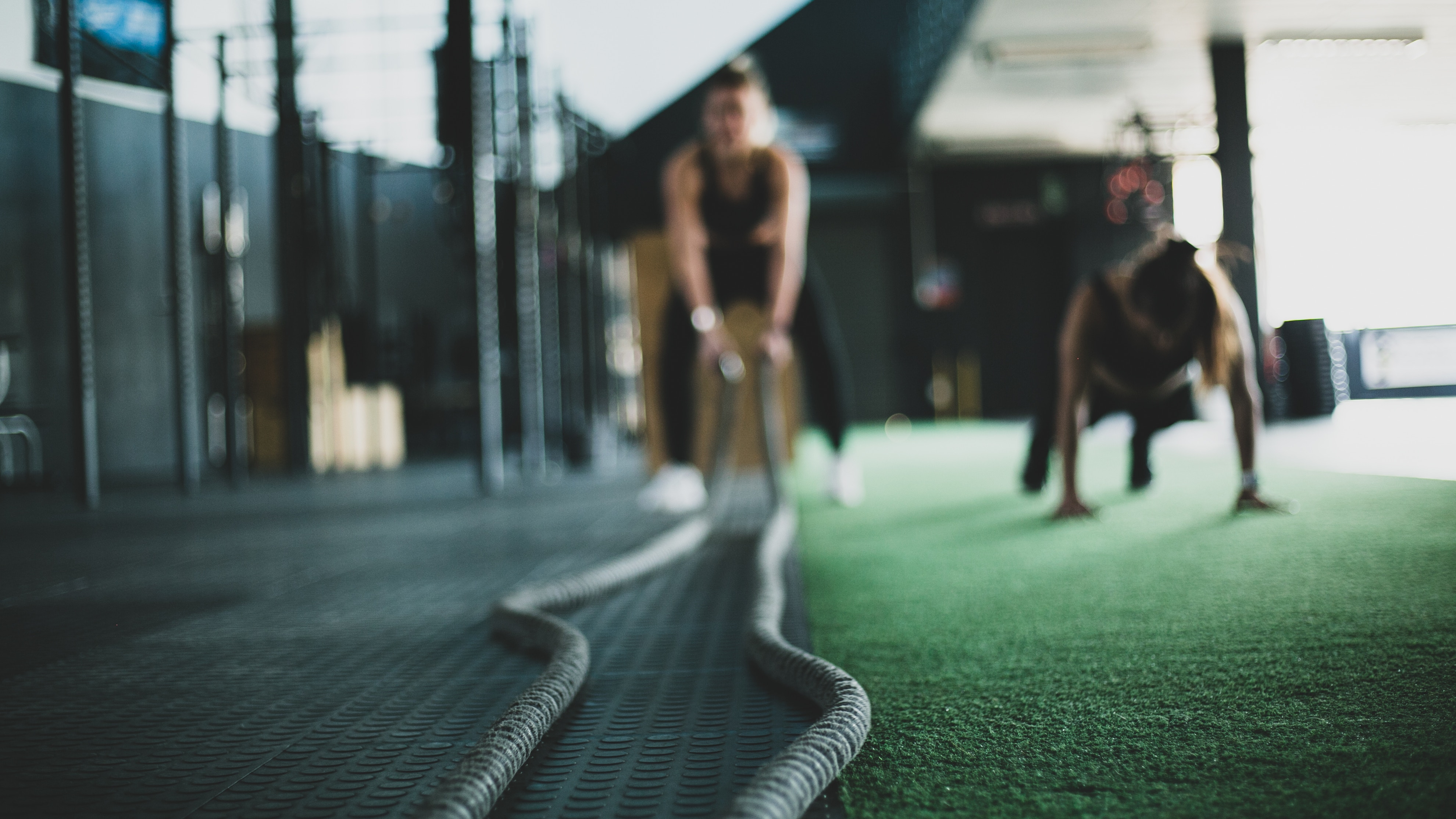
Prepare yourself mentally
Mind over matter. It’s as simple as that. You know it’s going to be cold - especially if you’re on dawn patrol duty. You simply need to mentally prepare yourself for an hour or two of hard work before you can retreat to a cosy cafe and enjoy a hot coffee. I personally prefer to get out in the water as fast as I can, so there’s no time to think about how cold it’s going to be, let alone how tough it might get paddling out. However, there are those who like to sit in the car with the heating on and ‘mind surf’ every wave, thus getting themselves psyched to hit the line-up.
You also have to understand that surfing in the winter isn’t as tranquil and relaxing as it is in the summer. More often than not it’s grey, raining and the waves are big. There’s a saying in Australia that goes ‘when in doubt, don’t paddle out’. Basically, if you have any hesitation before surfing, you shouldn’t go. It’s not a ‘weak’ thing either, but rather being smart and knowing that there’s always tomorrow to hit the line-up. There have been too many times where I have decided to paddle out and immediately regretted it. Not just because of the size of the waves, but also because of the amount of water moving, and the rips that form unexpectedly. That’s the part that’s scary, as one minute you can be sitting in the perfect spot, then the next thing you know you’re halfway out to sea and have to attempt to paddle back in. Hot tip: When caught in a rip always paddle to the side and where the waves are breaking.
It’s all about being in a positive frame of mind and knowing your limitations.

Be safe out there!
Shop our full range of wetsuits here.
@wetsuitoutlet
Written by Sam Quennell
Updated on 22nd February 2019
Originally published on 14th January 2019 in Surfing










































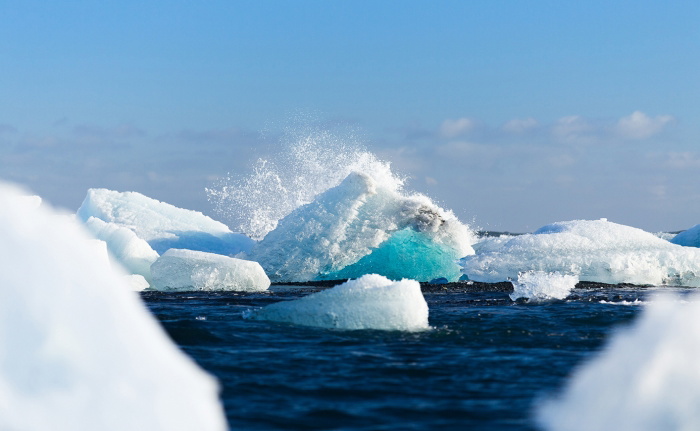






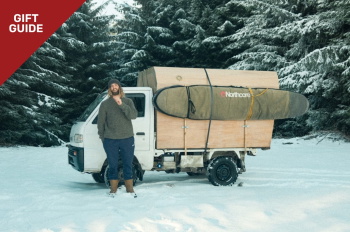
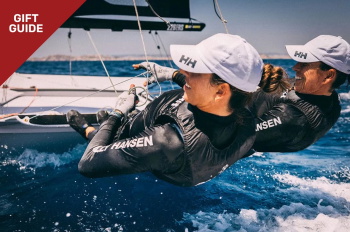
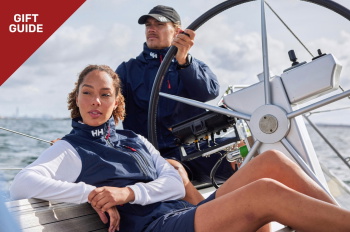
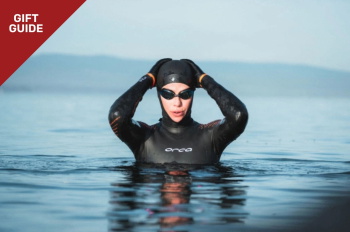
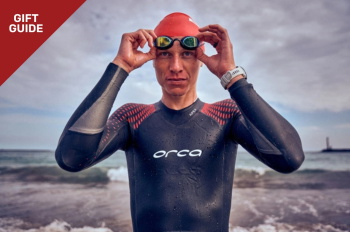
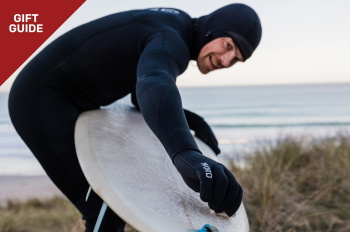
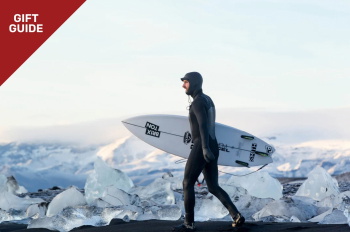
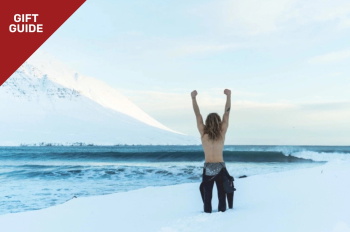
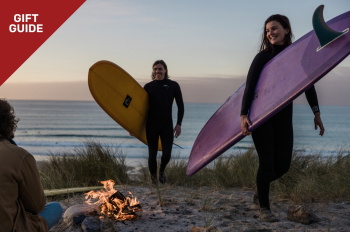
 Visit the US site
Visit the US site  Continue to ES
Continue to ES